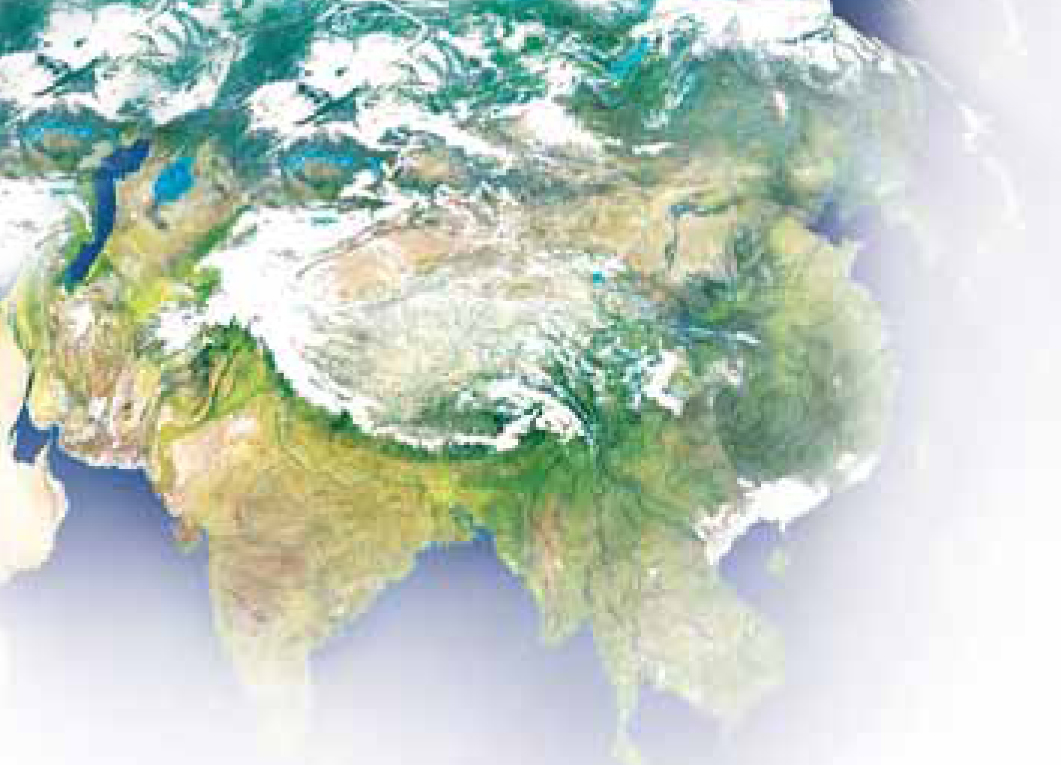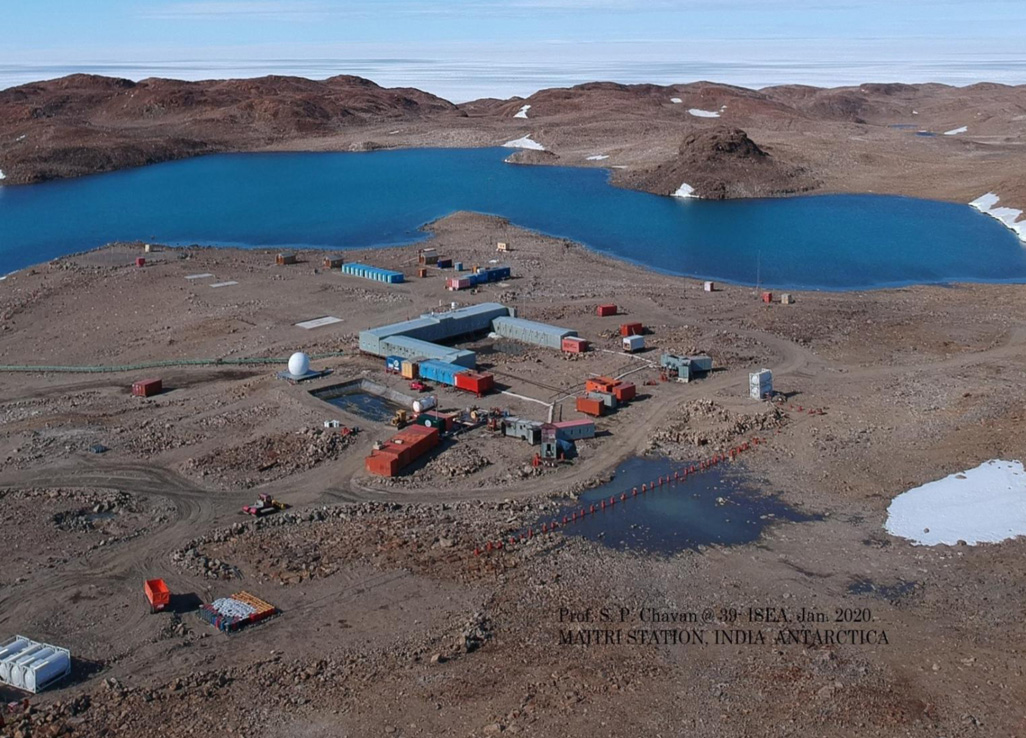Source: IPCC (2001). CLIMATE CHANGE 2001: THE SCIENTIFIC BASIS. Contribution of Working Group I to the Third Assessment Report of the Intergovernmental Panel on Climate Change, Edited by: J.T. Houghton, Y. Ding, D.J. Griggs, M. Noguer, P.J. van der Linden, X. Dai, K. Maskell, C.A. Johnson (page 63 of the Report; Chapter: Summary for Policy Makers).
TO READ THE FULL ARTICLE
Already have an account? Log In
Keep reading with one of these options :
OR
Free
Limited Articles
Create an account

